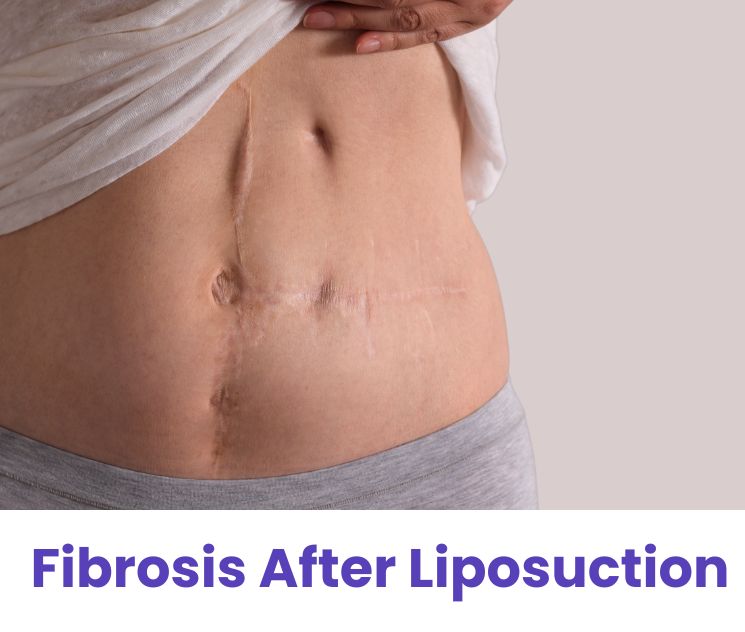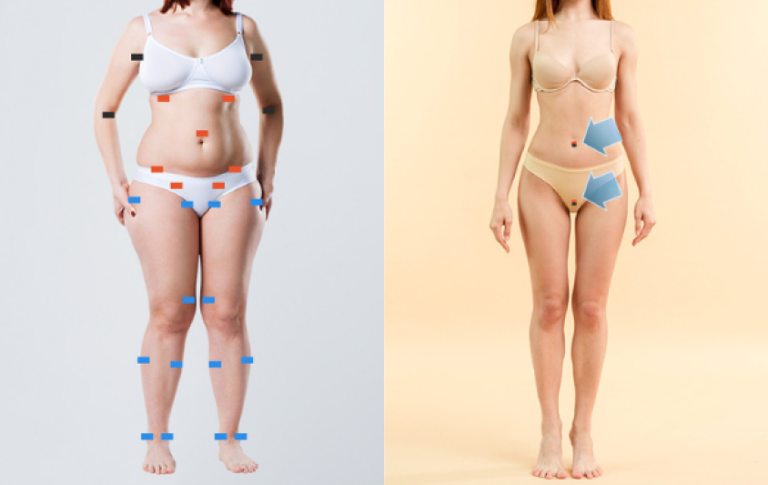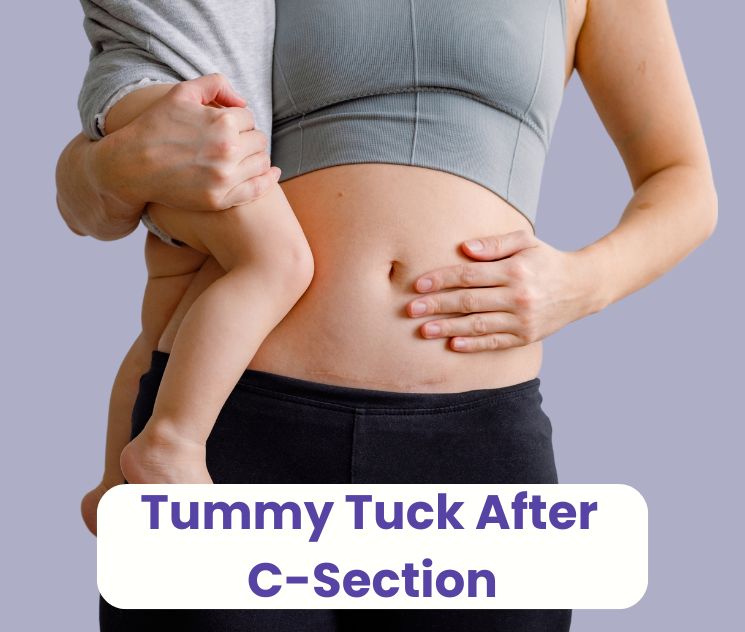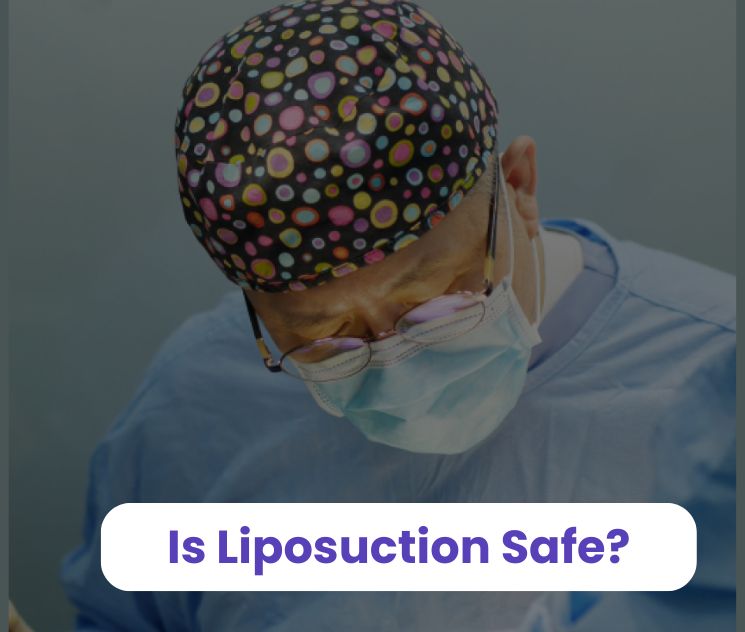Picture this: you just had liposuction to achieve your ideal body shape, but instead of smooth curves, you notice bumps, lumps, or tight skin. This can be a common issue known as fibrosis, and it can affect both your recovery and the results of your procedure. But don’t stress—understanding what causes fibrosis, how to spot the symptoms, and the treatments available, you can get back on track to the smooth, sculpted look you dreamed of.
Fibrosis occurs when the body forms excess scar tissue as it heals, leading to uneven or hardened areas under the skin. While it’s a normal part of the healing process, in some cases, it can cause unwanted lumps and bumps. The good news is that you can recognize the symptoms, and with the right care and treatment, you can reduce the appearance of fibrosis and smooth out the skin.
In the past twenty years, Lydian Clinic has performed over 20,000 surgeries, including liposuction, under the leadership of Dr. Abraham An and has helped countless patients worldwide achieve flawless results. Drawing on our expertise, we’ve successfully guided many through their recovery journey.
This guide covers the common causes of fibrosis after liposuction, its symptoms, and the treatments that can help. Additionally, we’ve outlined preventive measures you can take to minimize the risk and ensure smoother healing.
Contents
- 1 Understanding Fibrosis After Liposuction
- 2 How Can You Prevent Fibrosis Post-Lipo?
- 3 Ready to Achieve a Smooth, Sculpted Look? Choose Lydian for Liposuction and Revision Liposuction
Understanding Fibrosis After Liposuction
Fibrosis after liposuction refers to the formation of excess scar tissue in areas where fat has been removed. The body experiences trauma during the procedure, which triggers a healing response. To repair the affected areas, the body produces collagen. However, sometimes, the body produces too much collagen, leading to thick, fibrous tissue under the skin. This results in lumps or an uneven texture on the skin’s surface.
This condition is a common and natural response to liposuction and usually improves with time. Dr. Abraham An explains that “fibrosis typically softens and becomes less noticeable over time as the body continues to heal”. However, the extent and duration of fibrosis can vary from person to person, depending on factors like genetics, the technique used during surgery, and how the body responds to the healing process. The fibrosis may cause lasting cosmetic concerns for some individuals, such as noticeable lumps or indentations.
While fibrosis after liposuction is generally not a major medical concern, it is important to monitor the condition and consult a surgeon if the symptoms persist or worsen. Early intervention can minimize the appearance of fibrosis and ensure that the final results of the liposuction are as smooth and natural as possible.
What Are the Causes of Fibrosis After Lipo?
Want to know why some people experience bumps, lumps, or tight skin after liposuction? Understanding the causes of fibrosis can help you avoid these frustrating issues and ensure a smoother recovery.
Let’s explore the main reasons behind it—and trust me, you’ll want to keep reading to discover how to prevent it!
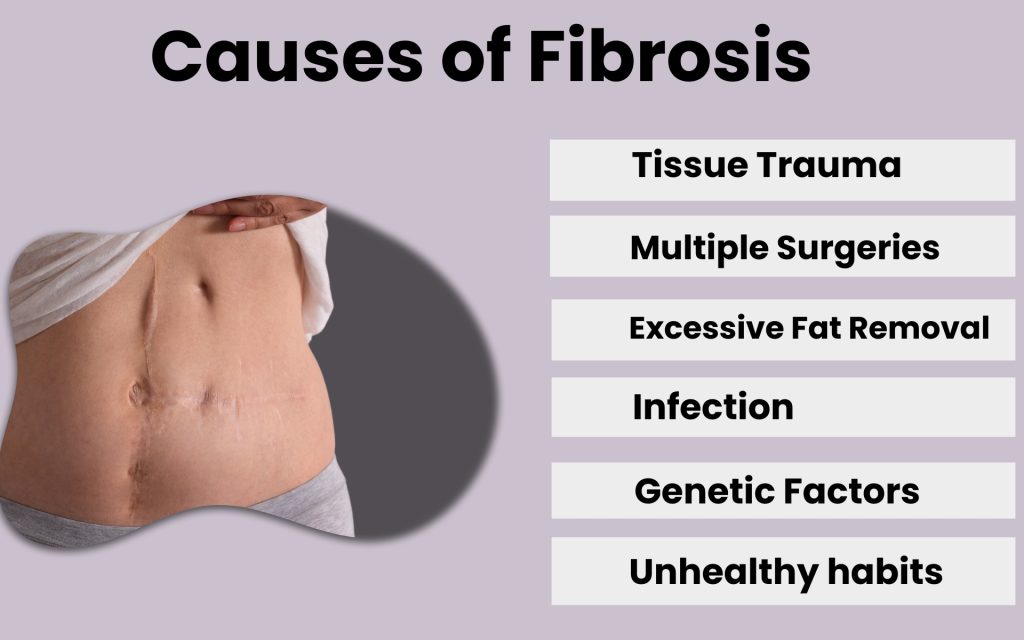
1. Excessive Tissue Trauma
Excessive tissue trauma is one of the main causes of fibrosis after liposuction. When the fat is removed through suction, the tissues in the area can get damaged. This damage triggers the body’s natural healing process, which can lead to the formation of extra scar tissue, known as fibrosis. If the tissues are manipulated too much, it increases the chances of excessive trauma, making fibrosis more likely. Managing the amount of tissue trauma during liposuction is key to preventing fibrosis and ensuring a smoother recovery.
2. Previous Surgeries
If you’ve had previous surgeries in the same area, it can increase the chances of getting fibrosis after liposuction. Old scars from past surgeries can make the tissues more sensitive so that liposuction might cause more damage to the area. This can lead to the body forming extra scar tissue as it heals, resulting in lumps or uneven skin. If you’ve had surgery before, it’s important to talk to your doctor about it so they can plan the liposuction carefully and try to avoid worsening the problem.
3. Excessive Fat Removal
Removing too much fat during liposuction can also lead to fibrosis. Too much fat can cause extra damage to the surrounding tissues, making the body create more scar tissue as it heals. This can result in uneven skin, lumps, or a bumpy texture. Dr Abraham An emphasizes that finding the right balance during the procedure is important to minimise fibrosis. It’s key to remove just the right amount of fat to get the desired results while avoiding too much, which could lead to fibrosis.
4. Infection or Poor Healing
Infection or poor healing can also contribute to fibrosis after liposuction. If the area becomes infected or doesn’t heal properly, it can cause more inflammation and tissue damage. As the body tries to repair itself, it might create extra scar tissue, leading to fibrosis. Proper aftercare, like keeping the area clean and following the surgeon’s instructions, is important to prevent infection and ensure the healing process goes smoothly to avoid complications like fibrosis.
5. Genetic Factors
Genetic factors can also affect the chances of getting fibrosis after liposuction. Some people are more likely to develop scar tissue because of their genes. If you have a family history of keloids or heavy scarring, you might be more prone to fibrosis. How your body heals and forms scar tissue can vary from person to person, so even with a well-done procedure, some people may end up with more fibrosis. It’s a good idea to talk to your doctor about your family’s medical history so they can help reduce the risk of complications.
6. Poor Skin Elasticity and Age
Poor skin elasticity and age can increase the risk of fibrosis after liposuction. As we age, our skin loses its ability to stretch and bounce back, making it harder for the skin to heal smoothly after the procedure. When skin elasticity is poor, the body may produce excessive collagen as it tries to recover, accumulating scar tissue or fibrosis. Older skin is also more prone to forming scar tissue, which adds to the risk. Taking good care of your skin before and after surgery can help reduce these risks and promote better healing.
7. Unhealthy Habits
Unhealthy habits can make it more likely to get fibrosis after liposuction. Smoking, eating poorly, and not exercising can all slow down your healing. Smoking, for example, reduces blood flow, making it harder for your body to heal properly. Eating a poor diet can also affect how well your tissues repair themselves. When your body struggles to recover, it can lead to extra scar tissue and more fibrosis. Taking care of your health and following your doctor’s aftercare advice can help your body heal better and lower the risk of developing fibrosis.
8. Poor Liposuction Technique
The way the liposuction is done can also affect the risk of getting fibrosis. Suppose the surgery is too aggressive or the surgeon isn’t careful. In that case, it can cause more tissue damage, leading to scar tissue and fibrosis. But if a skilled surgeon uses a gentle, precise approach, it can help reduce the chances of this happening. The type of liposuction used, like traditional or laser-assisted, can also affect how well the skin and tissues heal afterward. A careful and experienced approach helps ensure a smoother recovery and lowers the risk of developing fibrosis.
9. Post-Operative Care
Post-operative care is really important to avoid fibrosis after liposuction. After the surgery, following your doctor’s advice is crucial, like wearing compression garments, keeping the area clean, and avoiding activities that could slow down healing. The compression garments help reduce swelling and support the skin as it heals, which can prevent extra scar tissue from forming. Suppose you don’t properly care for the area, like not resting enough or ignoring swelling. In that case, it can increase the chances of developing fibrosis. Taking care of yourself after surgery helps the healing process go smoothly. It lowers the risk of lumps or uneven skin.
What Are the Symptoms of Fibrosis After Lipo?
Fibrosis after liposuction can sneak up on you, showing up in unexpected ways. You might notice some surprising changes in your skin that signal something isn’t quite right.
Want to know what to look out for? Please keep reading to discover the signs and how to catch them early so your results will look flawless.
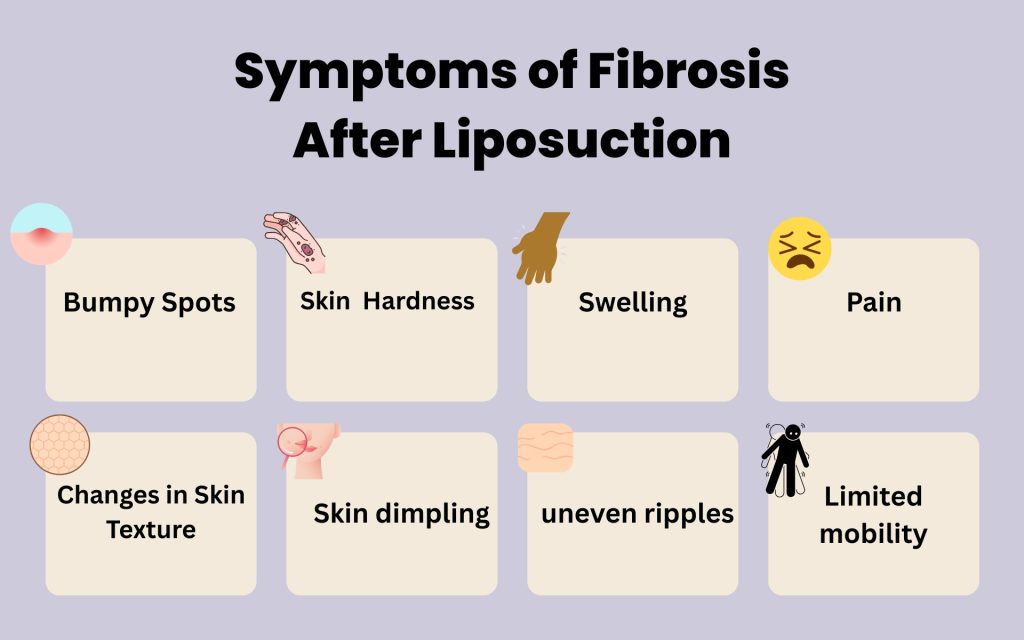
1. Lumpy or Bumpy Spots
Lumpy or bumpy spots are a common sign of fibrosis after liposuction. Scar tissue can form under the skin as your body heals, causing small, firm lumps or uneven areas. These bumps can feel hard to the touch and make the skin look bumpy. This happens because your body produces extra collagen to heal the tissue, which can lead to fibrosis. Dr. Abraham An emphasizes the importance of skilled liposuction techniques to minimize trauma to the skin, which can reduce the chances of this symptom. Suppose you notice any lumpy or bumpy spots after your liposuction. In that case, it’s a good idea to check in with your doctor so they can help manage it and ensure it doesn’t get worse.
2. Skin Tightness and Hardness
Skin tightness and hardness can happen after liposuction due to fibrosis. As the body heals, scar tissue can form underneath the skin, making the area feel tight or harder than usual. This happens because the body produces extra collagen to heal the tissue, making the skin stiff or uncomfortable. You should talk to your doctor if your skin feels tight or hard after liposuction. They can help check your healing and suggest ways to reduce the tightness and improve your skin’s feelings.
3. Swelling
Swelling is common after liposuction but can lead to fibrosis if it lasts too long. Right after the procedure, some swelling is normal as your body heals, but if it doesn’t go down as expected, it can cause scar tissue to form. This can make the area feel tight and uneven. To help with swelling and avoid problems like lumps or bumpy skin, it’s important to follow your doctor’s aftercare instructions, wear compression garments, and keep up with your follow-up appointments. This will help control the swelling and make sure everything heals properly.
4. Pain or Discomfort
Pain or discomfort is another symptom of fibrosis after liposuction. As the body heals and scar tissue forms, you may experience tenderness or a dull ache in the treated areas. This happens because the extra collagen produced can make the area feel more sensitive. The pain might be mild or more noticeable, especially when touching the area or moving around. If the pain persists or worsens, it’s important to reach out to your doctor, as they can help manage it and ensure the healing process is going as smoothly as possible.
5. Changes in Skin Texture
After liposuction, you might notice changes in your skin texture, like it feeling bumpy, uneven, or rough. This happens because scar tissue can form underneath the skin as your body heals. The skin might also feel firmer in some spots due to extra collagen. While some changes are normal, if the texture becomes uneven or noticeable, it could be a sign of fibrosis. If this happens, talking to your doctor is a good idea. They can check how you’re healing and suggest ways to smooth out the skin and improve its appearance.
6. Skin Dimpling
Skin dimpling is something that can happen after liposuction. It makes the skin look like it has small indentations or “dents,” like orange peel. This occurs when scar tissue forms unevenly under the skin, causing it to pull in different directions. Dimpling is more likely if the liposuction is too aggressive or the skin doesn’t heal evenly. If you notice any dimpling, it’s a good idea to talk to your doctor. They can check how you’re healing and suggest ways to help smooth out the skin and reduce the dimples.
7. Kinks or Uneven Ripples in the Skin Surface
Kinks or uneven ripples in the skin surface can also be a sign of fibrosis after liposuction. These ripples happen when scar tissue forms unevenly under the skin, causing the surface to look wavy or bumpy instead of smooth. It’s often a result of the skin healing irregularly after the fat is removed. If you notice any kinks or ripples, you should talk to your doctor. They can help assess the situation and may recommend treatments to smooth out the skin and improve its appearance.
8. Limited Mobility in the Affected Area
Limited mobility in the affected area can also be a symptom of fibrosis after liposuction. When scar tissue forms under the skin, it can make the area feel stiff or tight, restricting your movement. It’s harder to move or stretch the treated area or feel discomfort when trying certain activities. This can happen if the fibrosis is more severe or the healing process has caused excessive scar tissue buildup. If you experience limited mobility, talking to your doctor is a good idea. They can help manage the stiffness and suggest ways to improve flexibility as the area heals.
What Are the Treatments for Fibrosis After Lipo?
Dealing with fibrosis can be frustrating, but here’s the silver lining: several treatment options can help you manage and reduce its effects. The key is catching it early and addressing it right away.
Are you curious about what treatments can smooth things out? Keep reading to discover how you can return to your desired flawless look!
1. Massage Therapy
Massage therapy can help with fibrosis after liposuction. It works by gently breaking down the scar tissue that can form under the skin, helping to smooth out lumps or bumps. The most common type is lymphatic drainage massage, which encourages fluid movement and reduces swelling by massaging the treated area. This helps the skin heal more evenly and prevents too much scar tissue from building up. It’s important to have a trained therapist do the massage because they know the right pressure and techniques. Before you start, check with your doctor to ensure it’s safe for you.
2. Laser Treatment
Laser treatment is another option to help with fibrosis after liposuction. It uses focused light to break down scar tissue and improve the skin’s texture. The laser helps to reduce lumps, bumps, or uneven areas caused by excess collagen buildup. It can also help tighten the skin, making it look smoother. Laser treatments are usually non-invasive and can be done in several sessions depending on the severity of the fibrosis. It’s a great way to improve the appearance of the skin without needing surgery. As always, asking your doctor to see if laser treatment is right for you and if your specific case is important is important.
3. Compression Garments
Compression garments are really helpful after liposuction, especially when it comes to preventing fibrosis. These garments apply gentle pressure to the treated areas, which helps reduce swelling, improve blood flow, and stop too much scar tissue from forming. Wearing them as your doctor recommends helps the skin heal evenly and keeps it smooth. You’ll usually need to wear them for a few weeks after the procedure. At first, they might feel a little uncomfortable, but sticking with it can make a difference in your healing and help avoid fibrosis later on.
4. Corticosteroid Injections
Corticosteroid injections can be helpful if you have more serious fibrosis after liposuction. These injections help reduce swelling and break down the extra scar tissue causing lumps or hard areas. Softening the scar tissue can make the skin look smoother and evener. You usually get the injections directly into the affected area, and you might need a few sessions depending on how severe the fibrosis is. It’s a good idea to talk to your doctor to see if corticosteroid injections are the right choice for you.
5. Ultrasound Therapy
Ultrasound therapy is another treatment option for fibrosis after liposuction. It uses sound waves to help break down scar tissue, reduce swelling, and improve the skin’s texture. The sound waves penetrate deep into the skin to help loosen up the hard, uneven tissue formed during healing. This can make the area feel softer and smoother. Ultrasound therapy is non-invasive, so it’s a gentle way to help with fibrosis. Your doctor might recommend it as part of your recovery to speed healing and improve the skin’s appearance. It’s always good to check with your doctor to see if this treatment would work for you.
6. Time and Patience
In many cases, mild scarring can heal on its own over time. It’s important to be patient, as the body usually needs a few months to recover after liposuction fully.
7. Surgical Revision
Surgical revision is an option if fibrosis after liposuction is more serious and other treatments haven’t helped. This procedure involves going back in and removing or smoothing out the scar tissue, causing lumps or uneven areas. It can help make the skin look smoother and more even. This is usually considered if the fibrosis affects the results or if other methods haven’t worked. If you think you need this, it’s a good idea to talk to your doctor to see if it’s the right choice.
8. Radiofrequency Therapy
Radiofrequency therapy is another way to help with fibrosis after liposuction. It uses heat from radiofrequency waves to gently warm the skin and tissues underneath. This helps break down scar tissue, tighten the skin, and improve its texture. It also encourages collagen production, which makes the skin more elastic and smooth. Since it’s non-invasive, it’s a gentle treatment that doesn’t require surgery. If you have lumps or uneven skin, your doctor might suggest radiofrequency therapy to help smooth things out. It’s a good idea to talk to your doctor to see if it could be a good option.
9. Medications
Medications can also be used to help manage fibrosis after liposuction. Your doctor may recommend certain medications to reduce inflammation, control pain, or help soften the scar tissue. For example, anti-inflammatory medications can help reduce swelling and prevent excessive scar tissue buildup. In some cases, medicines like topical creams or gels containing silicone may be suggested to improve skin texture and reduce scarring. Always follow your doctor’s advice and take any prescribed medication as directed to help support your healing process and prevent fibrosis from becoming an issue.
How Can You Prevent Fibrosis Post-Lipo?
While it’s not always possible to completely avoid fibrosis after liposuction, you can take steps to lower the risk.
Want to know how to give your body the best chance for smooth healing? Keep reading to discover simple yet effective tips!
- Follow Post-Operative Instructions Carefully: Following your doctor’s post-op instructions is crucial to avoid fibrosis after liposuction. This includes wearing compression garments, keeping the areas clean, and avoiding activities that could strain the treated areas. Dr. Abraham An highlights that sticking to these guidelines helps your body heal properly. It reduces the risk of complications, ensuring a smoother recovery.
- Stay Hydrated and Eat Well: Staying hydrated and eating a balanced diet are key to healing after liposuction and preventing fibrosis. Drinking water reduces swelling by flushing out toxins, while foods rich in vitamins, minerals, and protein help your skin heal and prevent scar tissue buildup. A healthy diet supports a smooth recovery and lowers the risk of fibrosis.
- Avoid Excessive Fat Removal: Avoiding excessive fat removal during liposuction can help reduce the risk of fibrosis. If too much fat is removed at once, it can lead to uneven healing, increase scarring, and cause the skin to become bumpy or lumpy. Sticking to the amount of fat your doctor recommends is important to ensure a smoother recovery and minimize the chances of developing fibrosis.
- Attend Follow-Up Appointments: Follow-up appointments are essential for preventing fibrosis after liposuction. These check-ups allow your doctor to monitor your healing progress and catch any issues, like early signs of fibrosis, before they become bigger problems. Regular visits help ensure your skin is healing evenly and that you’re on track for the best possible results. Following up with your doctor will help address any concerns and reduce the risk of complications.
- Avoid Smoking and Alcohol:Avoiding smoking and alcohol is important for preventing fibrosis after liposuction. Smoking can slow down healing by restricting blood flow, while alcohol can increase swelling and inflammation. Both can interfere with your body’s ability to heal properly, leading to a higher risk of scarring and fibrosis. Staying away from these during your recovery gives your body the best chance to heal smoothly and reduces the risk of complications.
- Exercise: Exercising gently and as your doctor recommends can help prevent fibrosis after liposuction. Light activity improves blood circulation, reduces swelling, and promotes healing. However, avoiding strenuous workouts too soon is important, as this could strain the treated areas and interfere with healing. Once your doctor clears you, regular exercise can help maintain healthy skin and muscle tone, reducing the chances of developing uneven areas or fibrosis. Always listen to your doctor’s advice on when it’s safe to start exercising.
Ready to Achieve a Smooth, Sculpted Look? Choose Lydian for Liposuction and Revision Liposuction

Dealing with fibrosis after liposuction can be a little frustrating, but don’t worry—you can manage it with the right approach. Understanding what causes it, spotting the signs early, and getting the right treatments can help you return to the smooth, sculpted look you hoped for.
At Lydian Clinic, we specialize in advanced liposuction techniques and offer revision liposuction to refine results and minimize issues like fibrosis. We understand the importance of addressing concerns early, so we provide free consultations to create a personalized treatment plan tailored to your needs.
By following your doctor’s aftercare instructions, staying hydrated, eating healthy, and avoiding things like smoking or alcohol, you’re already taking the right steps to reduce the chances of fibrosis. Wearing compression garments, getting massages, and attending follow-up appointments can also significantly improve how your skin heals.
Don’t hesitate to reach out if you experience any concerns during recovery. At Lydian Clinic, we’re here to help guide you through the process and ensure the best results. Ready to perfect your transformation? Contact us today to schedule your free consultation!
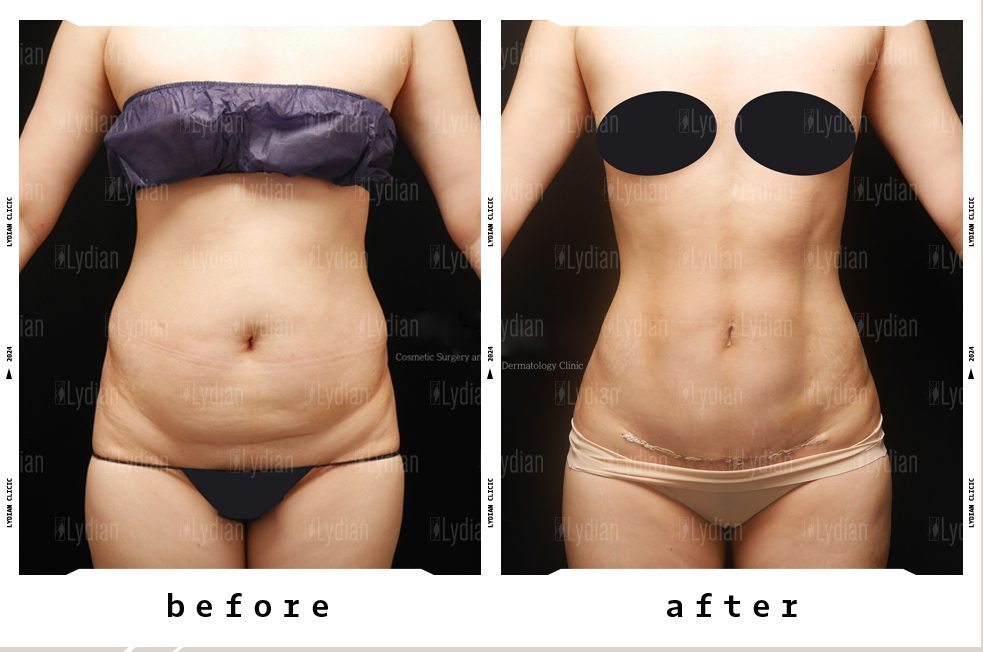


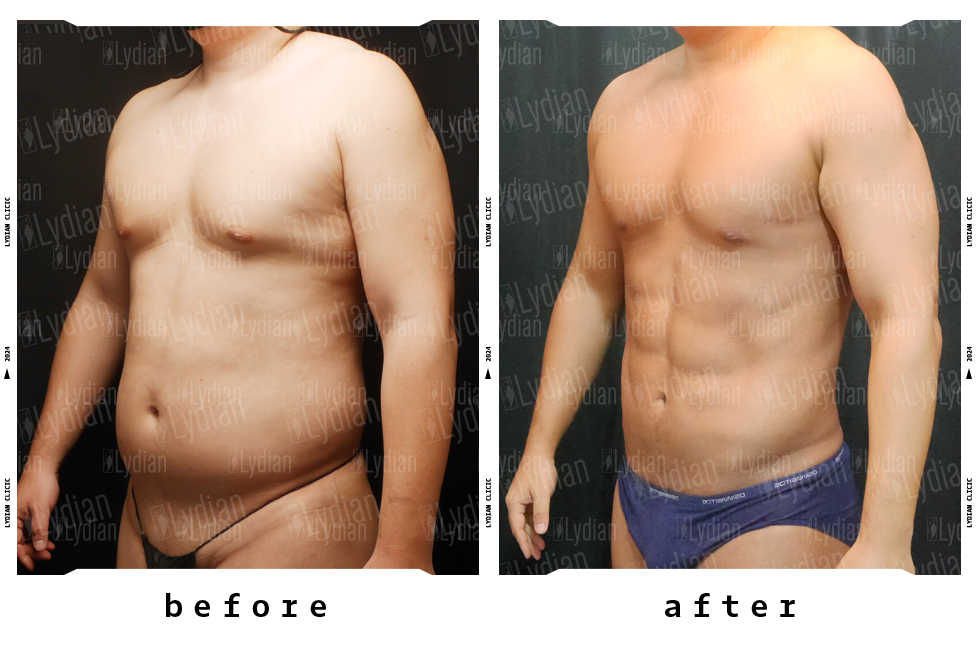










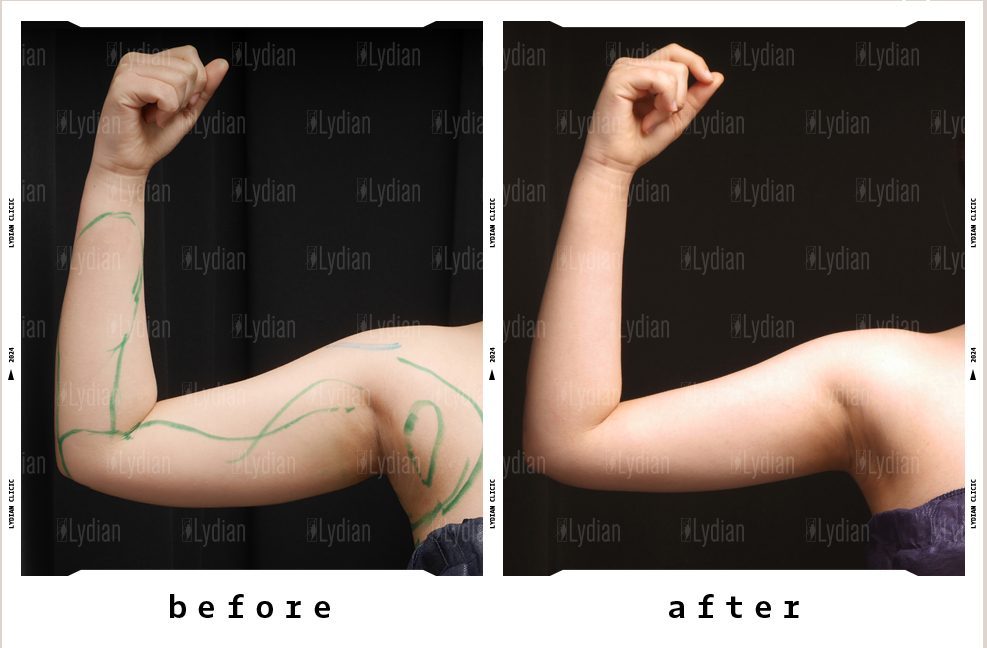
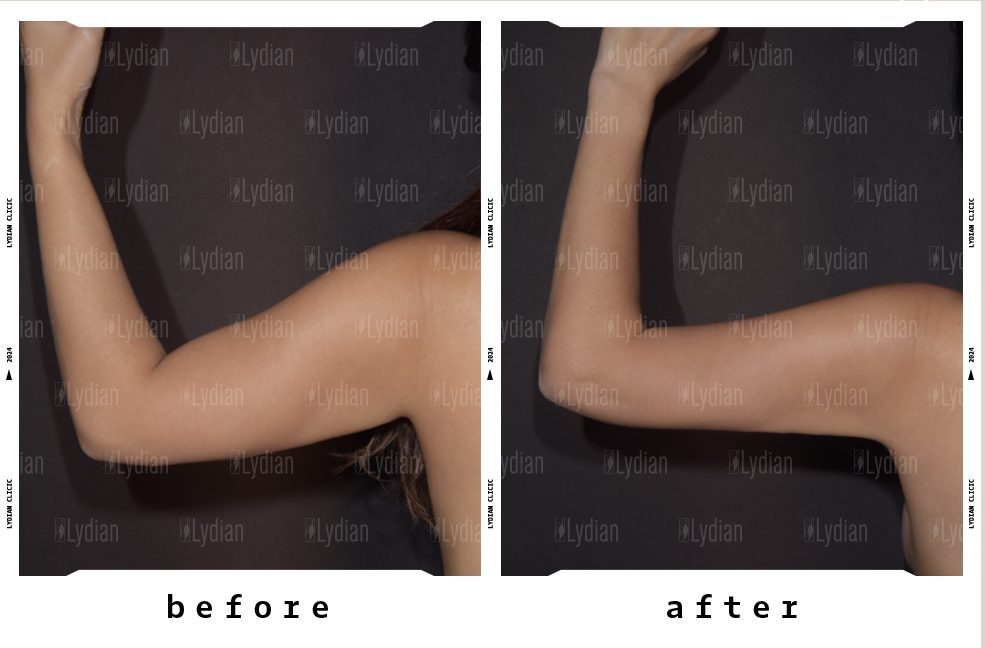
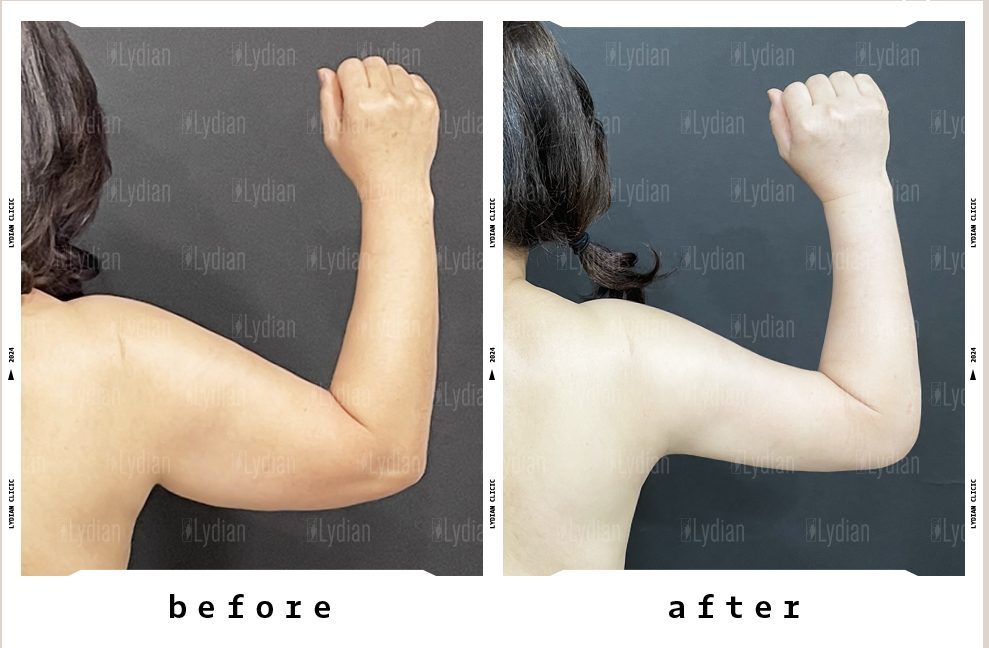

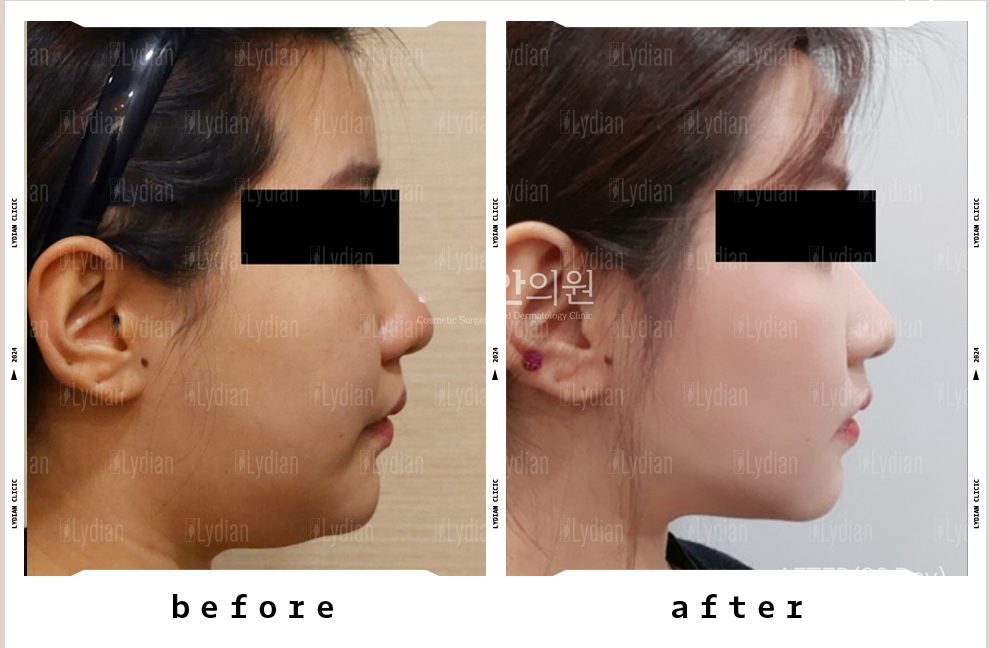

 English
English 日本語
日本語 中文网站(繁体)
中文网站(繁体) Русский
Русский Bahasa Indonesia
Bahasa Indonesia ภาษาไทย
ภาษาไทย Tiếng Việt
Tiếng Việt 대한민국
대한민국
